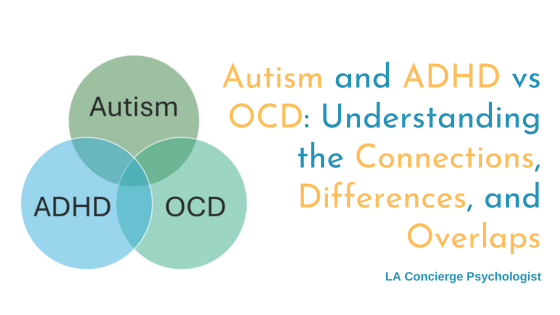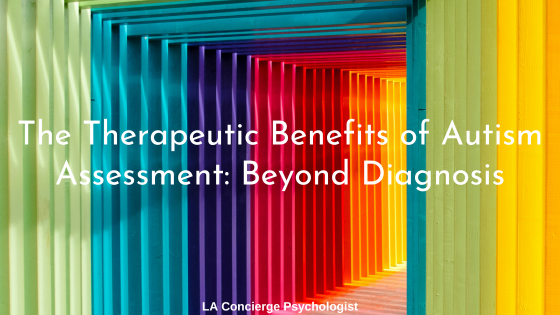Among autistic self-advocates and their allies, there have been some passionate debates about language and labels for several years. One particularly important discussion is the disagreement over whether people should use identity-first language (“autistic person”) or person-first language (“person with autism”).
As expected, many different opinions have surfaced.
In therapy sessions, I always follow my client’s lead. This includes what language they prefer to describe their identity and how they think about autism. However, within my writing and speaking, I use identity-first language. There are many factors that contribute to why I do this, all informed by autistic leaders and voices.
An Emphasis on Identity versus Characteristic
The idea behind using person-first language is to establish that a person is not the same as their autism. It creates a distinction between the person and their diagnosis. In other words, person-first language aims to convey that an ASD individual is a person first, and someone having the characteristics of autism second. Autism is not seen as a part of the person’s identity. It also implies that the autism is a negative thing that people should desire to be separate from themselves.
However, many autistic people view autism as an inherent and essential part of their identity. To use identity-first language is to acknowledge that it’s impossible to separate a person from autism, just as it is impossible to separate a person from their skin color.
Identity-first language also reflects that autism is a part of their identity that they embrace and may even be proud of. It’s not an undesirable characteristic that they’re trying to distinguish themselves from. So, just as I would embrace the whole identity of someone who is Asian, Jewish, or gay, I do the same for autistic people.
Autism is Not Inherently Negative
As mentioned above, person-first language explicitly separates an autistic person from their autism. That clarifying word—“with”—does the job.
Although people who make a conscious decision to use person-first language are well-meaning, labels like this perform a certain function. For instance, person-first language seems to regard the person as an individual positively. The diagnosis of autism is separate from the value of that person and, it’s implied that it decreases the value of the person.
I’ve followed the lead of autistic advocates and embrace all the complexities and nuances of being autistic, just as you would with any other human being. While many people see the label of “autism” as inherently negative, I do not view it that way. It’s another way of existing and operating in the world. Being autistic comes with amazing strengths that, sadly, are not always recognized or fostered in our society.
Emphasizes Humanity
There are many reasons why the use of person-first language grew in popularity. One primary reason? Many people felt that using person-first language would emphasize the humanity of individuals on the spectrum.
However, it’s difficult to emphasize the humanity and value of autistic individuals without regarding them as a whole person. This means acknowledging their autistic identity.
Trying to separate the person from their autism implicitly gives credence to the idea that an autism diagnosis is a disease or a problem. Accepting someone as an autistic person means understanding that their diagnosis does not make them any less of a human being.
Shifting Perceptions
Advocates of person-first language and identity-first language both hope to change the way society perceives autistic individuals. They just have different ideas regarding how to achieve this.
After many discussions with actually autistic people and educating myself on the issue, I’ve decided that I prefer identity-first language. When we use identity-first language, it’s clear that the person is embraced as a valuable, whole individual rather than a person with a disease that needs to be cured.
Send us a message or book a free 20 minute consultation call with Dr. Barajas or Dr. Goldman to learn how we support the goals of autistic adults.



